|
Malaika Vaz was interviewed by Robin McGahey, guest writer Malaika Vaz is a National Geographic Explorer, wildlife presenter, and filmmaker and most recently one of the recipients for the Nat Geo COVID-19 Emergency Fund for Journalists. Unlike the majority of us, Malaika spent her lockdown on the frontlines of the COVID-19 pandemic in India, exploring the challenges facing migrant workers during this time in her new film Refugees at Home, that has been streaming on local TV channels in India, and was published online by The Quint. I got the chance to sit down with her to hear about her story, experience in the field during the lockdown, and her outlook coming out of it.
Q: The film is called Refugees at Home. What inspired you to focus on migrant workers in Goa? There are large populations of migrant workers in Goa, due to the various industries in the state. I knew they would be some of the hardest hit, but I never quite expected to hear or see what I did. I was born and raised in Goa, so this film offered me an opportunity to not only dive into learning about the impact that COVID is having on different communities but also understanding more about a place I call home. Q: What did you find working with migrant workers? What did they say? There is this huge tussle because migrant workers are coming from remote parts of India and coming into these big cities in the hopes of gaining work opportunities. They live paycheck to paycheck, but when the lockdown began, they suddenly had no work for months. It’s incredibly unsettling as you’ve gotta remember that these people are by no means beggars or dependent on the state. They work hard during the year and live a life of dignity, all so that they can put three meals on the table a day for their families. Right now though, due to the shut economy, they can no longer provide for themselves. Q: What have been some of the hardest things you’ve seen while filming? Interviewing migrants who were a part of India’s COVID-19 spurred mass exodus and hearing their stories was possibly the most heartbreaking part. With the shut down of industry due to the virus, many migrants who often work in the informal sector could no longer depend on their daily earnings. And with no reserves of savings to fall back on, their only way out was heading back to their families in the villages and towns they call home. But due to the lockdowns out here which were some of the strictest in the world, all transportation including buses and trains were shut - prompting thousands to attempt a long, dangerous and often life-threatening journey of hundreds of thousands and kilometers. Many died of exhaustion, train/road accidents, suicide, and incidents of police brutality. That really hit my core. Q: Was there a story that particularly stood out to you? While filming this documentary, I met a man originally from Madhya Pradesh who came to Goa for work two weeks before the government lockdown due to COVID-19. After he lost his job, he couldn’t feed himself, and wanted to be with his family - so he decided to walk the 1500 km back home because there was no bus or train running for another two months. Unfortunately, the police stopped him on his way and he was forced to stay in Goa. His story speaks to me of the larger story of inequality within my country, which is further exacerbated in the grip of a pandemic. Q: You focus a large part of the film on the women that you encountered. Can you talk a little bit about what drove your narrative towards them in the end? Originally, the people I interviewed through the shoot just happened to be men. This is possibly because men are often the ones that are more visible in society. One day though, I was interviewing this construction worker and his wife came out and offered me a cup of chai and we began talking. It was at that moment that I realized I was missing an important part of the larger narrative - the impact of this pandemic on migrant women. So, that’s when I steered more of the film in that direction. During times of crisis, women in vulnerable communities are impacted the most. They are already ostracized within their communities, forced to take on this huge burden of fending for their family and looking after their kids, as well as earning enough to support their families. There have been spikes in domestic violence and many women don’t always have access to basic nutrition, as in many poorer households in India - women eat last. And when there’s not enough food for everyone - they don’t eat at all. Through my film, I wanted to highlight the fact that financial independence and empowerment is so important for women all through the year, and in the midst of a crisis - this need is only made clearly evident. For example, towards the end of the documentary, you meet an incredibly resilient woman named Rupali. The second time I went to speak with her, to check on her and her family, she was in the process of packing up her entire house overnight. Her family was evicted from their home of over a decade, almost overnight as they couldn’t afford to pay their rent given the collapse of our economy and the loss of jobs. Q: Who is the target audience for this film? The primary audience for this film is local audiences within India. Through this grant, Nat Geo encouraged the democratization of journalism by allowing and encouraging grantees to get our content out on local media ecosystems. Refugees at Home has been broadcast on a local television network and online on one of India’s largest online media networks - The Quint. This is a film of the people, for the people, so I really wanted to ensure that it went back to them and was accessible. Q: What impact do you hope to have with this film? While making this documentary, I collaborated with a team of public policy researchers from a network known as the Stranded Workers Action Network in India - that are working to understand what interventions are required to protect migrant communities. Together we worked on a list of key recommendations to the state and industry that were added to the end of the film in graphic form, focusing on rural employment guarantee schemes, universalized ration distribution, and wage compensation amongst others. I really wanted my audience to be able to immerse themselves in the lives and struggles of the migrant worker community - but also understand what the steps are to actually tangibly lookout for these communities in the midst of the lockdown and in the months that follow. These are painful times, and historic times - and to me as a presenter and filmmaker, it’s important to document this struggle so that we’re collectively inspired to act faster and with more precision to safeguard the rights of vulnerable migrant workers right now in the midst of these cataclysmic times and so that we’re more prepared when the next crisis hits us. Q: What was your team like? It was really funny because the team I usually work with isn’t in Goa as the borders shut down. So, I worked with a local wedding filmmaker for this project - it was great and now he’s interested in documentary filmmaking after this film! My friend Taira was the editor of the film. Despite being from the same place, Taira and I only met last year at Jackson Wild, and so when we started shooting I called her up and she came on board, bringing her editing expertise and passion to this film! Thank you to Jackson Wild for that! Q: What are your biggest takeaways from your time on this film? My films for television usually focus on stories of biodiversity loss and conservation issues. What I’ve realized is that whether it is environmental change or a pandemic, when it comes to the biggest challenges humanity faces today - it is always our most vulnerable communities that are the most impacted and underserved. There is a larger systemic social bias towards migrant and marginalized workers that we as a nation need to face. Since the shutdown, there’s been an increase in police brutality, and a general dismissal of migrant needs - not to mention all of the health risks that they are exposed to given the close quarters they share with hundreds of other people. Across the world, we are witnessing a wave of critical conversations on equality and inclusion with communities standing up for historically marginalized people - and while that might be BPOC communities in the US, I think for my country - focusing on the needs and rights of our migrant community is crucial right now during this pandemic - and after. Q: After having created this film, how do you think about your work as a wildlife filmmaker? Do you plan on continuing down this path? As a filmmaker, I honestly believe stories are stories. And what’s most important to me is to work on every single film with all my passion and with the intent of amplifying the voice of communities on the ground to create a positive impact. But I have to say that after making Refugees at Home, I’m definitely ready to experiment with a diversity of stories - whether it is filming stories of wildlife in jungles or investigating marine trafficking or going on the frontlines of a pandemic - I’m excited for what’s next. Here’s the link to watch Malaika’s documentary and read her article on India’s COVID-19 spurred migrant crisis. Check it out!
0 Comments
By Guest Writer Robin McGahey  Jahawi Bertolli is a Wildlife Photographer/Cameraman, Freediver, Music Producer, Co-Founder of East African Ocean Explorers Club, and 2019 National Geographic Explorer from Kenya. In honor of World Oceans Day, we talked with Jahawi to hear about his love of the water, experience as a diver, and his upcoming film, Behari Yetu. Q: First things first, how did you get into underwater filmmaking? It’s been a bit of a roundabout. I started with dance music, was signed with a label and was DJing and having fun in London. When I moved back to Kenya, I went from working on dance music to writing music for documentaries. Eventually, I got kind of fed up with sitting in a studio in Nairobi and decided I wanted to get out in the beautiful locations. The thing is though that wildlife filmmaking in Kenya is quite an elite club and I had no real camera experience. There are very few job opportunities and it’s difficult to get contracts. I still kept making dance-oriented music and one day we had been shooting a music video for a song that a friend and I had collaborated on and we needed an underwater shot so I jumped in the pool with a group and got the shots. I have always been very comfortable underwater holding my breath and my cousin, who was directing the shoot, joked that I should go and become an underwater cameraman and the seed was planted. I did a bit of research, found a course in Thailand, finished the project I was working on, and left. What was supposed to be a few months away ended up in 2 years living on an island in Thailand, training, becoming a Divemaster, free diving, and working on anything I could. Q: Did you grow up around the ocean? I grew up in Nairobi, but we had a house on the south coast of Kenya, in a wild part of the coast called Waa, that we would go to often. As a child, I would spend all day outside. I loved exploring and just being in the ocean, I’ve always felt very comfortable with it. Q: Are there any specific moments of your underwater filmmaking career that specifically stand out? Getting to the Galápagos was a big one. It was just such an incredible place with the most amazing biodiversity. I never thought I would get there so early on in my career. What’s been the most fun though is exploring more of Kenya’s coastline. A lot of the work that I did was in Thailand or the Galapagos, and then most of my dive training was in and around South East Asia. I’ve come to appreciate Kenya’s coastline more. Especially after being able to go around the world and see what’s out there. There are truly some special places here, especially the ones that no one knows about. Q: Have you recently had close encounters with some of the large marine animals? We set out to make a film on humpback whales last year, but we had one of the worst seasons on record, with such low turnout. I managed to get a couple of close up shots of them, but, as the focus of our film changed and we moved to the Lamu Archipelago, we began to encounter Whale Sharks much more often, and very close up. They were young, only about 3-4 meters, and at that size, they are curious and can spend a long time circling you and checking you out. I’m also very lucky to be able to spend some time with a particular pod of dolphins, which is always so uplifting. Q: What is your process for underwater filmmaking in Kenya? Are there big hoops you have to jump through in terms of regulations? Permits for underwater filmmaking are not as big of an issue for Kenya. Within Marine parks, you have to get permits from the Kenya Wildlife Service alongside your usual filming permits, but otherwise, it’s pretty straight forward. Outside of the marine parks though, you’re pretty free. We focus a lot on educational films for coastal communities and have worked with the Lamu county government before, and through the East African Explorers Club [his and his partner’s company] we are trying to figure out a joint project to set up locally managed marine protected areas. There’s definite interest in Lamu, as a county it wants to create an ocean use plan, similar to their land-use plan in terms of zoning and conservation. We’re very excited to be working with them on that. Bahari Yetu is Jahawi’s current project that he is completing alongside his partner and wife El, as part of his Nat Geo Explorer’s Grant. Q: What is Bahari Yetu? It means “Our Ocean” in Swahili. The story is how the ocean has changed through the eyes of old Swahili fishermen. Q: What inspired you to make this story in the first place? So last year we set out to do a Humpback Whale film, but as I mentioned before, they didn’t show up. During that process, we began interviewing fishermen to find interesting stories about the whales, how long they have been coming, what they had encounters with them, etc… By interviewing these fishermen a lot more came up in terms of issues they are facing, fish stocks declining, the way people are fishing, and we realized these are the guys that have been out on this ocean every day for their entire lives and have first hand seen the change. What people now see as the baseline for a healthy ocean really isn’t, and without these elders, this information could be lost. So by reporting these stories, we realized we could make a film that not only talks about these issues they’re facing, but also reaching into the old Swahili heritage, and hoping to get people to remember that they were custodians of the ocean and we have to be a lot more responsible with how we utilize it. Bahari Yetu became a conduit of these old fishermen’s stories, now coming to life in a film. Q: Why didn’t the Humpback Whales come last year? It’s hard to say, but we guess that it was due to the huge climactic event called the Indian Ocean Dipole, which is similar to El Niño. This meant that our side of the Indian Ocean was a lot warmer than it should have been and that drew a lot of moisture across East Africa. We think because of this temperature imbalance that the whales didn’t have to come up so far to find warm enough water to calve. Aside from the whales, the dipole made everything really strange for us. We had pretty consistent and heavy rain and in November, which is usually a great time for filming, the seas were rough and there was low visibility in the water. We had a few little windows to film in December and January, but it’s been a tough six months. Q: What were some of the other challenges you faced coming into this film? The heavy rains pretty much threw everything out of whack. The seas became rough, more so than expected, and because of the freshwater run-off into the ocean, it turned the water a sort of pea green, rather than its usual blue. Then there were jellyfish blooms, making it difficult to shoot. Worst of all, one of the reefs we’d been filming for years that had been looking really healthy, began to bleach due to the extended period of warm water. It was all hard to see. Q: Who are the audiences that you are targeting? Our main target audience is the coastal communities here in Kenya. We’ve found that the deepest connections between the audience and our subjects are to be formed here, because this is their home and their areas to protect. So we decided to take it a step further and have it all narrated in Swahili. Before COVID, we were hoping to take this film into the communities along the coast and do community screenings. It’s a message from the elder fishermen to the younger generation. Because a large base doesn't have TVs, we were going to set up a mobile cinema in the archipelago and take it to all of the local fishing villages, show the film and some other educational films and have a discussion about the issues. We’re hoping to take it to schools around Kenya as well. It’s still the plan we just have to get over COVID before we do anything, and when we do, we need to make sure we’re doing it correctly. Q: What advice do you have for the future explorers, filmmakers, or the kids seeing this film? We often get really caught up in the idea that we’re not in the right spot and want to go somewhere else, but the truth is that the best stories are the ones you care the most about. Oftentimes those are the ones right in front of you. It’s been really great that after traveling around the world, I get to focus on one spot, spend a lot of time there, and hopefully find something new. Half the time I go out I don’t even press record on my camera, sometimes I leave it behind all together and just take out a GoPro. Technology has improved so much that you have these tiny cameras that can capture great footage at a fraction of the cost of a proper underwater rig. Focus on telling a good story through your shots rather than the camera. There are several clips in the film shot on a GoPro, and it was from just us going out to see what was happening. Q: In your opinion, what’s the biggest threat facing our oceans?
The biggest threat to our oceans is us and our actions. Climate change, overfishing, pollution, it’s just one thing after another and unfortunately, the people most affected by these aren’t the ones doing it, and if they are it is usually out of desperation. The thing is, by looking at it as a whole, it can seem daunting and out of our hands but change can be made on a local scale. Through education and empowerment communities can survive better with the threats coming from climate change, manage fisheries, and pollution. So our message is that we really need to protect the reefs and mangroves and also understand the intangible benefits they give us. We need to realize that there is real value to our ocean and coastal areas, but there has to be local buy-in and real benefits to these communities. The ocean can seem like such a foreign place, especially to those who don’t swim, but it is such a beautiful place and by trying to portray its beauty and fragility through film we’re hoping to get people to fall in love with it, and if they do the better the chance we have of conserving it. |
Archives
March 2024
Categories
All
|
Contact UsJackson Wild
240 S. Glenwood, Suite 102 PO Box 3940 Jackson, WY 83001 307-200-3286 info@jacksonwild.org |

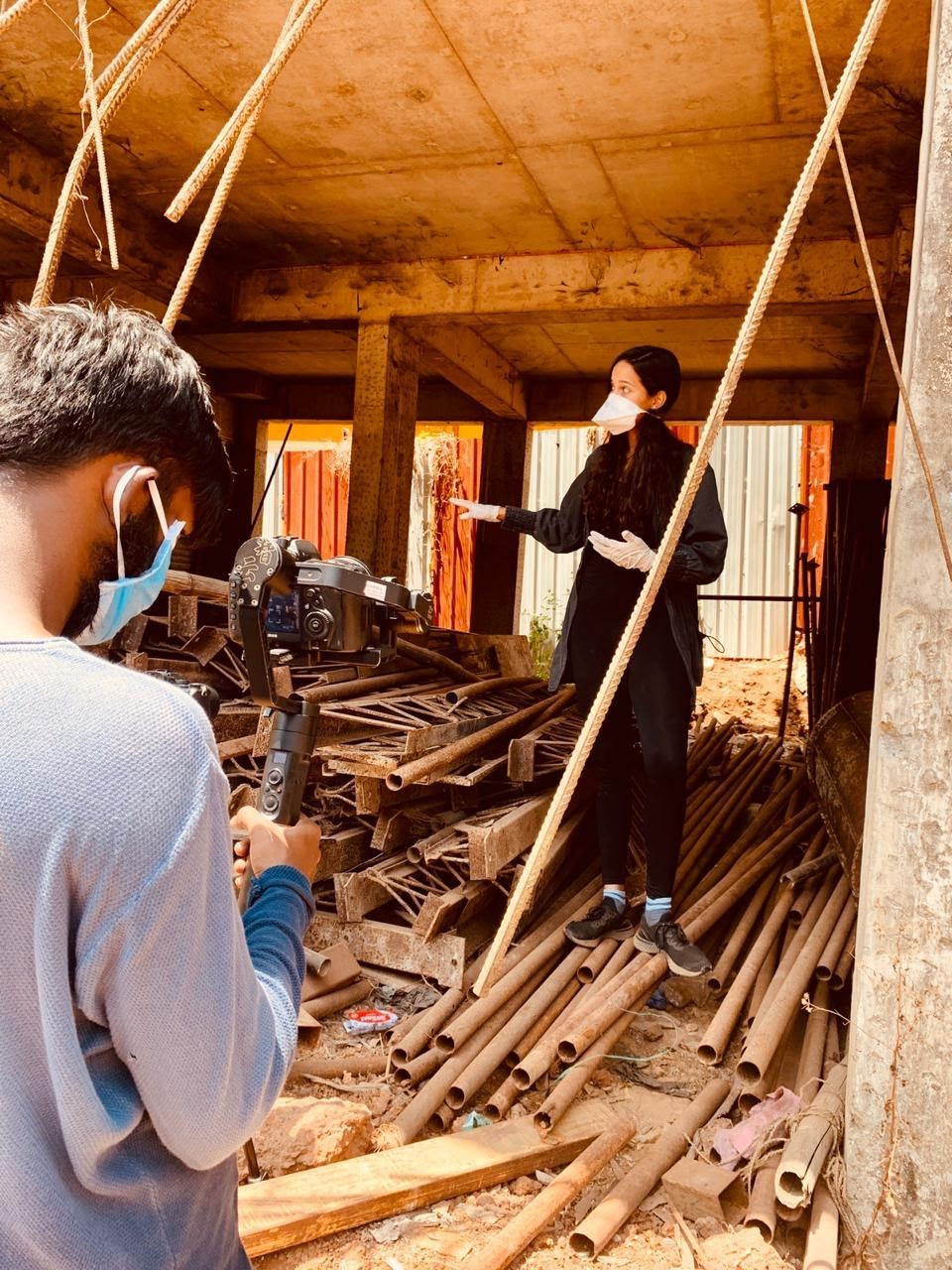
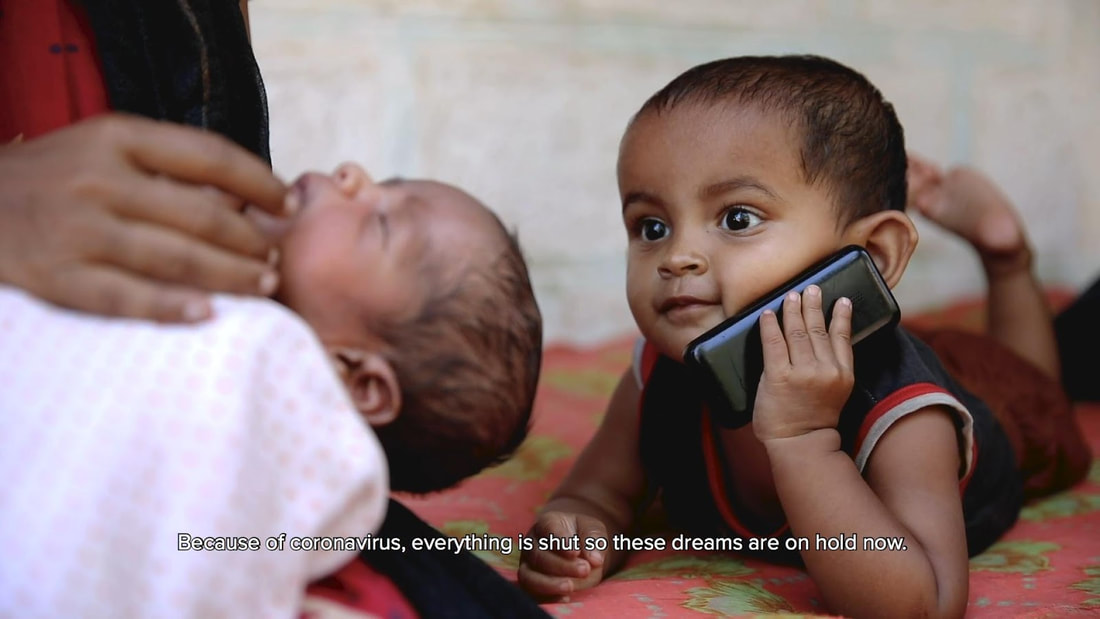
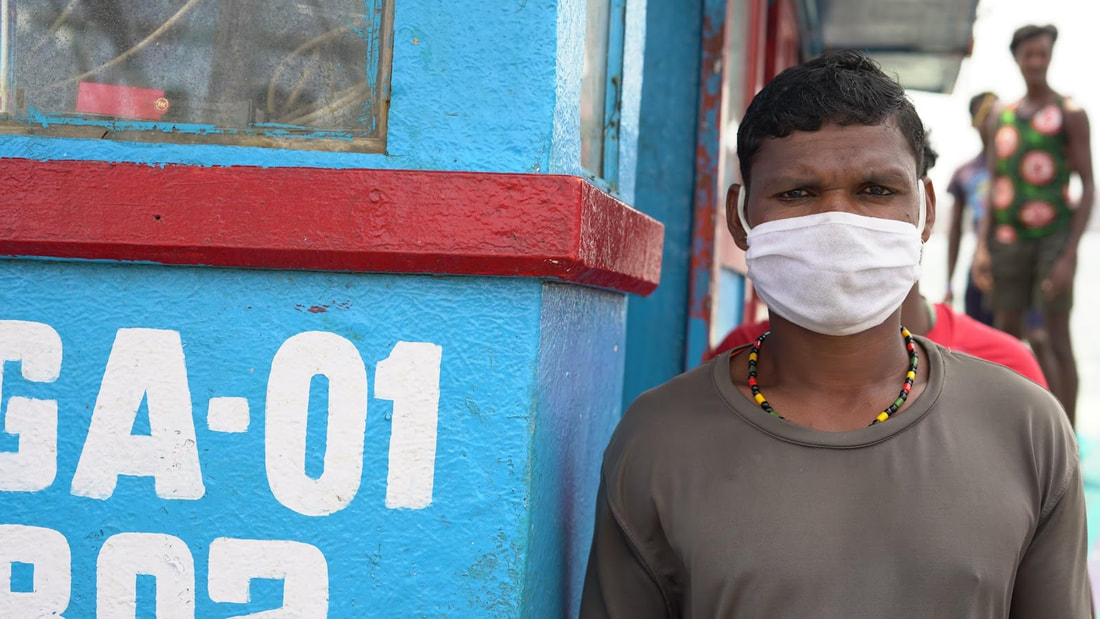
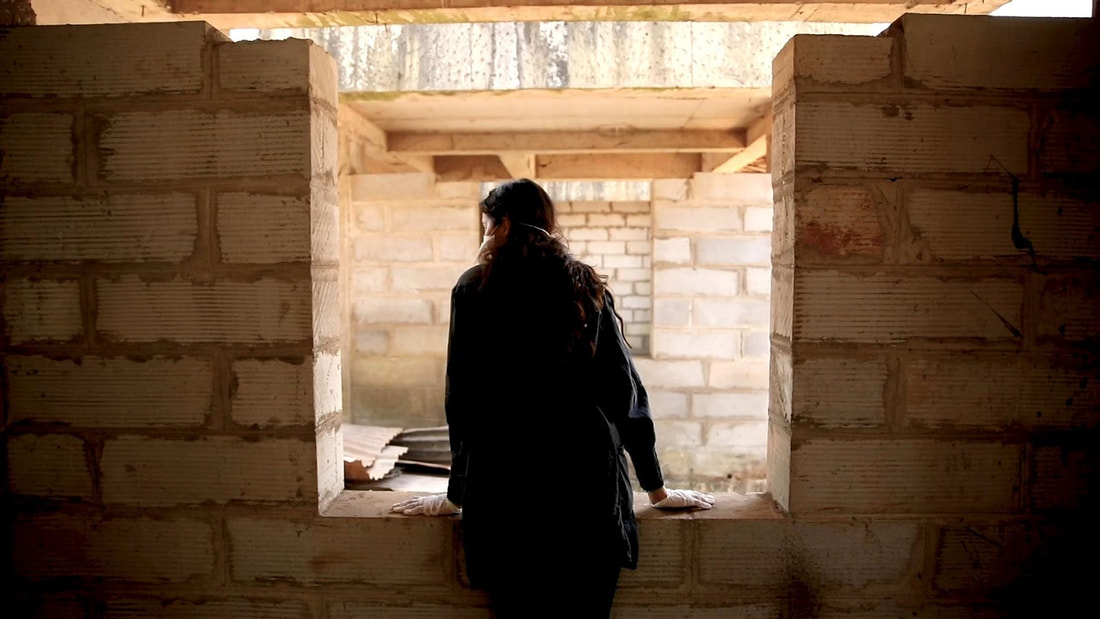
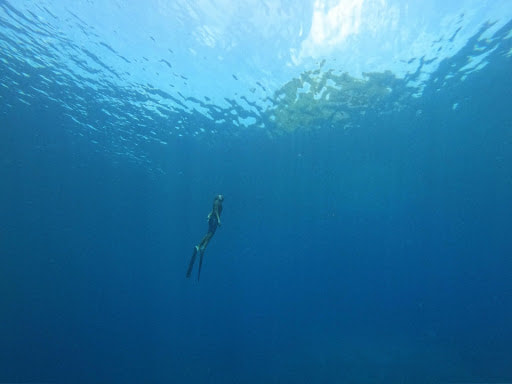
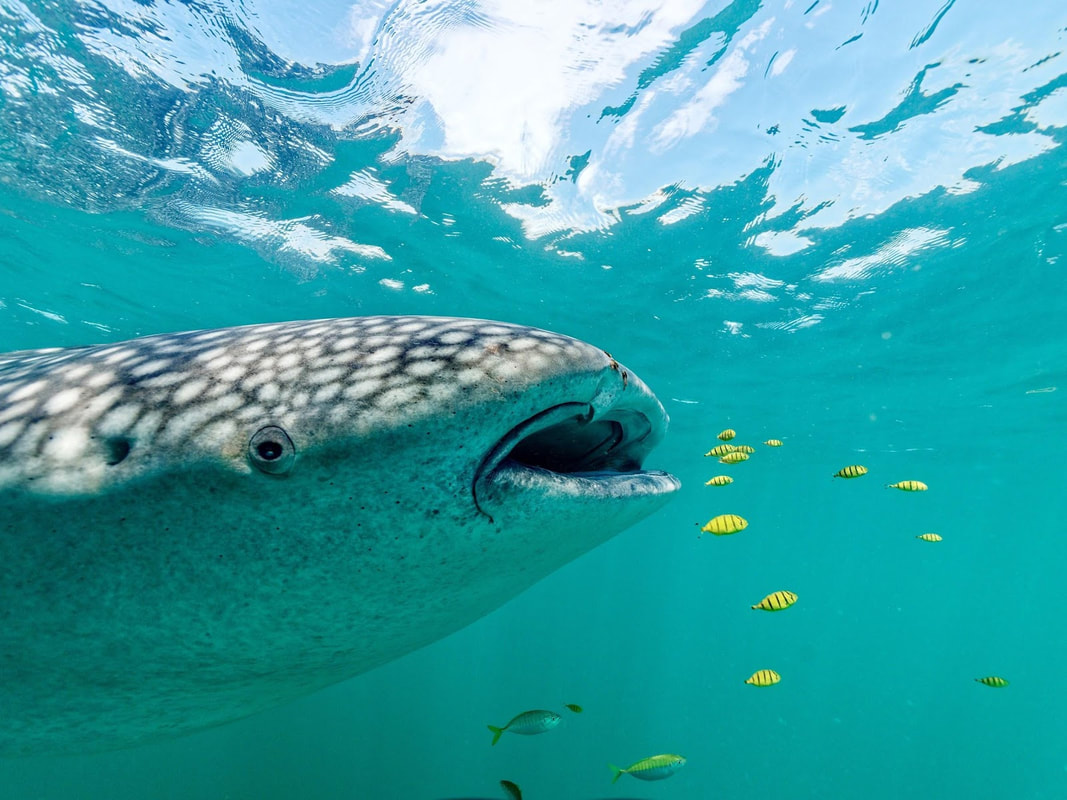
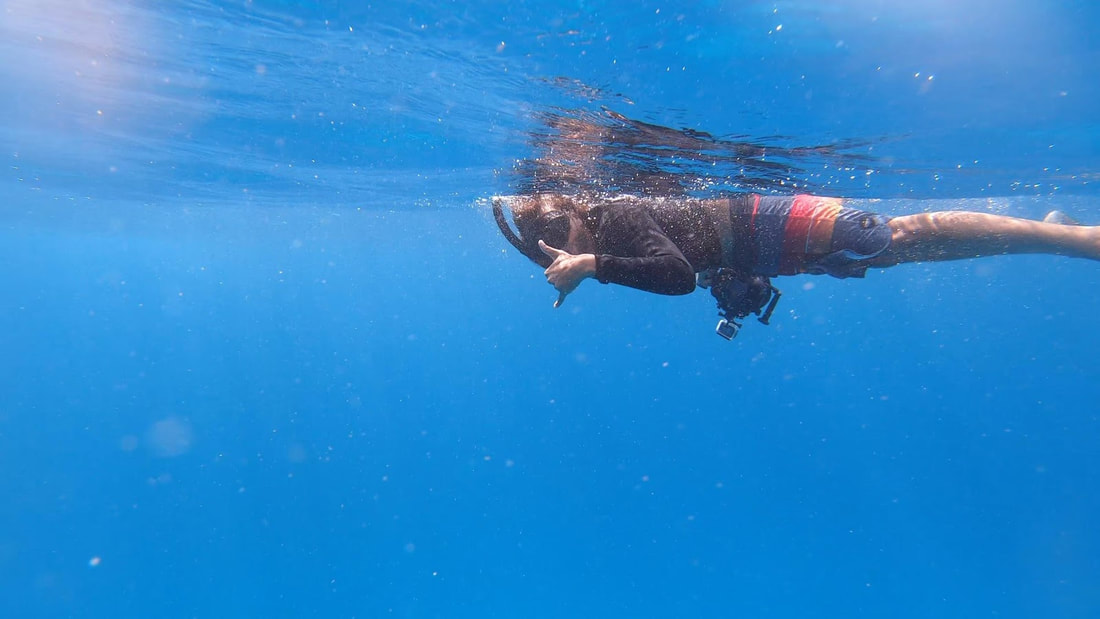
 RSS Feed
RSS Feed